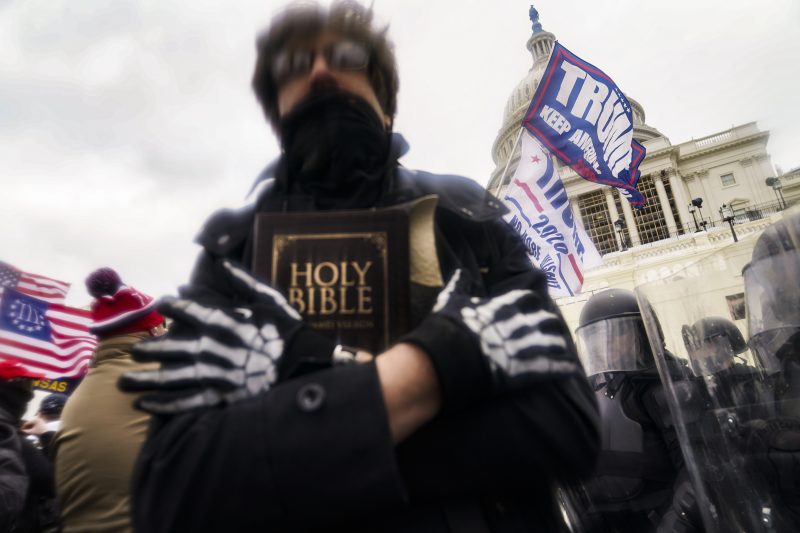In today’s tumultuous political landscape, the use of subtle cues and coded language has become increasingly prevalent. Known as dog whistles, these signals are designed to convey specific messages to certain audiences while maintaining plausible deniability to the wider public. One prominent figure who has mastered the art of deploying dog whistles is former President Donald Trump. Throughout his time in office and beyond, Trump has utilized a wide array of dog whistles to communicate his views on various contentious issues, particularly regarding unrest and violence.
One of the most notable instances of Trump’s dog whistling occurred during the 2020 Black Lives Matter protests following the murder of George Floyd. As cities across the United States erupted in demonstrations against police brutality and systemic racism, Trump took to Twitter to denounce the protesters, referring to them as thugs and anarchists. While these terms may seem innocuous on the surface, they carry significant racial connotations and serve to signal to his supporters that he views the protesters through a lens of fear and hostility. By painting all protesters with a broad brush, Trump effectively delegitimized their cause and justified harsh crackdowns by law enforcement.
Trump’s dog whistling extended beyond the realm of racial tensions to encompass broader issues of unrest and violence. In the aftermath of the Capitol insurrection on January 6, 2021, Trump faced widespread backlash for his role in inciting the violent mob that stormed the seat of American democracy. Despite this, Trump continued to insist that the election had been stolen from him, using phrases such as Stop the Steal to galvanize his most ardent supporters. While these words may appear to be a simple rallying cry, they also served as a tacit endorsement of the violent actions taken by the insurrectionists. By refusing to condemn their behavior outright, Trump sent a clear message that he was sympathetic to their cause.
Throughout his presidency and beyond, Trump’s use of dog whistles has had far-reaching implications for American society. By stoking fears of unrest and violence among his supporters, he has deepened existing divisions and undermined trust in democratic institutions. Moreover, Trump’s dog whistling has emboldened extremist elements within his base, leading to acts of violence and intimidation against marginalized communities. While Trump may no longer occupy the Oval Office, his legacy of using coded language to sow discord and resentment lives on, posing a continued threat to the fabric of American democracy.
In conclusion, the issue of dog whistling in politics is a complex and multifaceted one that warrants careful scrutiny. By understanding the ways in which public figures like Donald Trump employ coded language to communicate their views on contentious issues such as unrest and violence, we can work towards building a more inclusive and equitable society. It is incumbent upon all citizens to remain vigilant against the insidious nature of dog whistles and to actively challenge the narratives that seek to divide us. Only through open dialogue, empathy, and a commitment to truth and justice can we hope to overcome the corrosive effects of dog whistling on our collective well-being.
